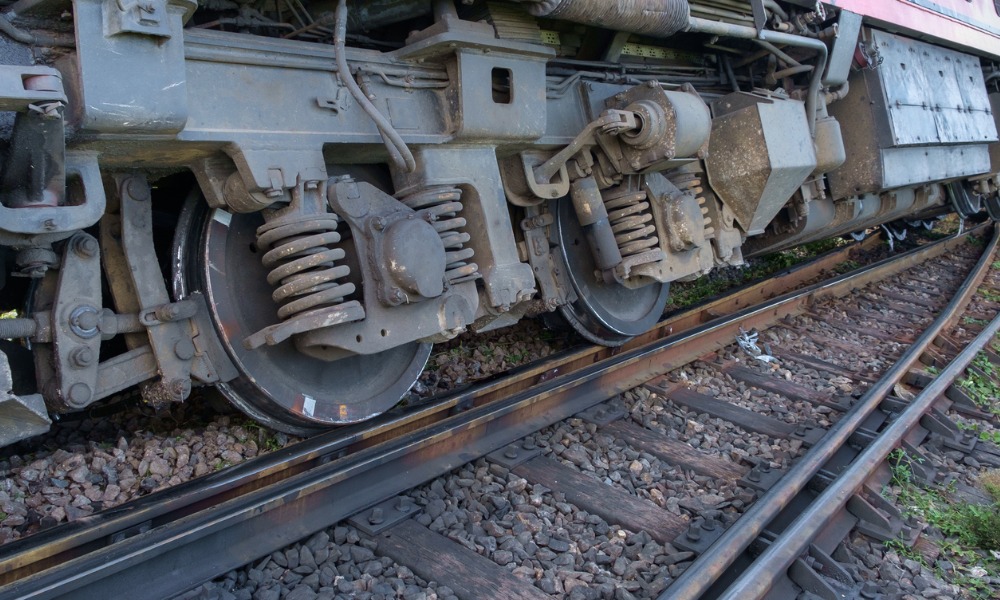61 cars loaded with potash released approximately 6 million kg of product

A broken wheel is what caused the 2020 derailment of a Canadian National Railway (CN) train in British Columbia, according to the Transportation Safety Board of Canada (TSB).
The incident happened on Sept. 14 of that year, when a CN freight train was travelling westward on the Yale subdivision, near Floods.
Just then, 61 cars loaded with potash derailed, releasing approximately 6 million kg. of product, according to TSB.
No one was hurt in the incident.
Following the incident, CN said that potash went into the creek. However, the spill was contained and a vacuum truck was at the site, according to a 2020 report from The Canadian Press posted on CTV News.
The company also conducted water monitoring, and installed containment barriers on the creek, according to the report.
Broken wheel at CN train car
In its investigation, TSB found that the face of the rim on one of the car wheels was missing material around the entire circumference, the government agency said.
“The investigation determined that part of the rim of that wheel broke away before the derailment, allowing the wheel to progressively drop between the rails as it continued to rotate, causing the rim to wear down due to friction while in contact with the rail. This reduced the vertical force on a second wheel, which stopped rotating, slid and gradually fell between the rails,” said TSB.
“The lateral pressure exerted against the side of the rail by both derailed wheels ultimately caused the rail to break at multiple weld points and resulted in a pileup derailment.”
The 65th car in the train was the first car to derail, according to TSB’s investigation.
“Two wheels on this car were found dropped inside the track gauge,” said the agency in Rail transportation safety investigation report R20V0185.
These wheels “exerted lateral pressure against the gauge side of the south rail, causing it to break at 4 thermite weld locations”. That led to the derailment of subsequent cars.





